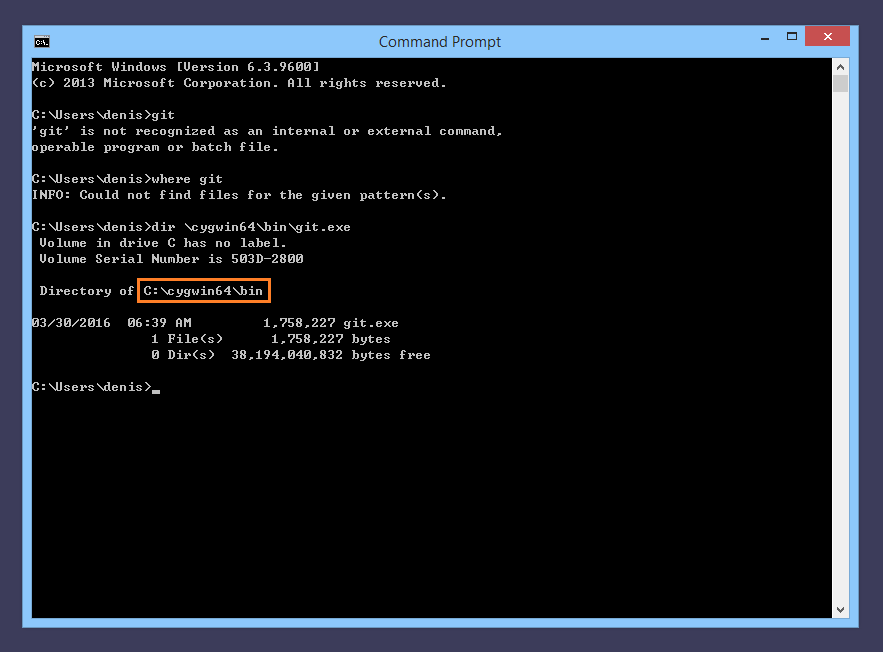

This will produce results identical to running grep on a Unix machine. This switch causes grep to report byte offsets as if the file were a Unix-style text file, i.e., with CR characters stripped off. In order to improve the probability that lines from a single file will all start at the same column, this also causes the line number and byte offset (if present) to be printed in a minimum size field width This is useful with options that prefix their output to the actual content: -H,-n, and -b. Make sure that the first character of actual line content lies on a tab stop, so that the alignment of tabs looks normal. Prefix each line of output with the 1-based line number within its input file.

This is especially useful when implementing tools like zgrep, e.g., gzip -cd foo.gz | grep -label=foo -H something This is the default when there is only one file (or only standard input) to searchĭisplay input actually coming from standard input as input coming from file LABEL. Suppress the prefixing of file names on output. This is the default when there is more than one file to search

If -o (-only-matching) is specified, print the offset of the matching part itself Print the 0-based byte offset within the input file before each line of output.
CYGWIN GREP BINARY FILE MATCHES PORTABLE
Portable shell scripts should avoid both -q and -s and should redirect standard and error output to /dev/null instead. USG -style grep also lacked -q but its -s option behaved like GNU grep. Portability note: unlike GNU grep, 7th Edition Unix grep did not conform to POSIX, because it lacked -q and its -s option behaved like GNU grep's -q option. Suppress error messages about nonexistent or unreadable files.

Exit immediately with zero status if any match is found, even if an error was detected. Quiet do not write anything to standard output. Print only the matched (non-empty) parts of a matching line, with each such part on a separate output line When the -v or -invert-match option is also used, grep stops after outputting NUM non-matching lines When the -c or -count option is also used, grep does not output a count greater than NUM. When grep stops after NUM matching lines, it outputs any trailing context lines. This enables a calling process to resume a search. If the input is standard input from a regular file, and NUM matching lines are output, grep ensures that the standard input is positioned to just after the last matching line before exiting, regardless of the presence of trailing context lines. Stop reading a file after NUM matching lines. The scanning will stop on the first match. Suppress normal output instead print the name of each input file from which output would normally have been printed. The scanning will stop on the first match Suppress normal output instead print the name of each input file from which no output would normally have been printed. The deprecated environment variable GREP_COLOR is still supported, but its setting does not have priority The colors are defined by the environment variable GREP_COLORS. Surround the matched (non-empty) strings, matching lines, context lines, file names, line numbers, byte offsets, and separators (for fields and groups of context lines) with escape sequences to display them in color on the terminal. With the -v, -invert-match option, count non-matching lines. Suppress normal output instead print a count of matching lines for each input file. Select only those matches that exactly match the whole line. Word-constituent characters are letters, digits, and the underscore Similarly, it must be either at the end of the line or followed by a non-word constituent character. The test is that the matching substring must either be at the beginning of the line, or preceded by a non-word constituent character. Select only those lines containing matches that form whole words. Invert the sense of matching, to select non-matching lines. Ignore case distinctions in both the PATTERN and the input files. This can be used to specify multiple search patterns, or to protect a pattern beginning with a hyphen (-). Interpret PATTERN as a basic regular expression (BRE, see below). Interpret PATTERN as a list of fixed strings, separated by newlines, any of which is to be matched. Interpret PATTERN as an extended regular expression (-E is specified by POSIX.) Print a usage message briefly summarizing these command-line options and the bug-reporting address, then exit


 0 kommentar(er)
0 kommentar(er)
